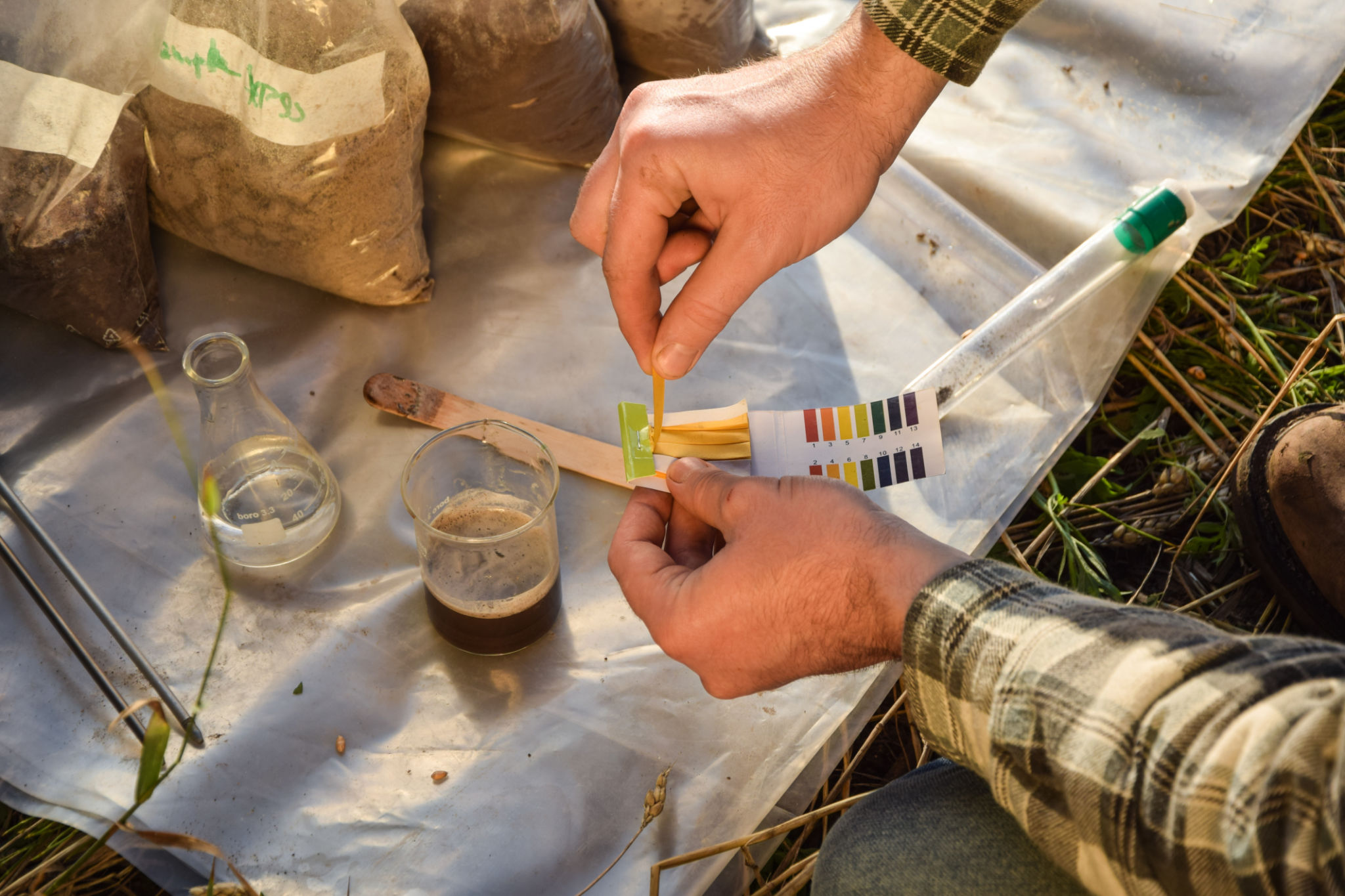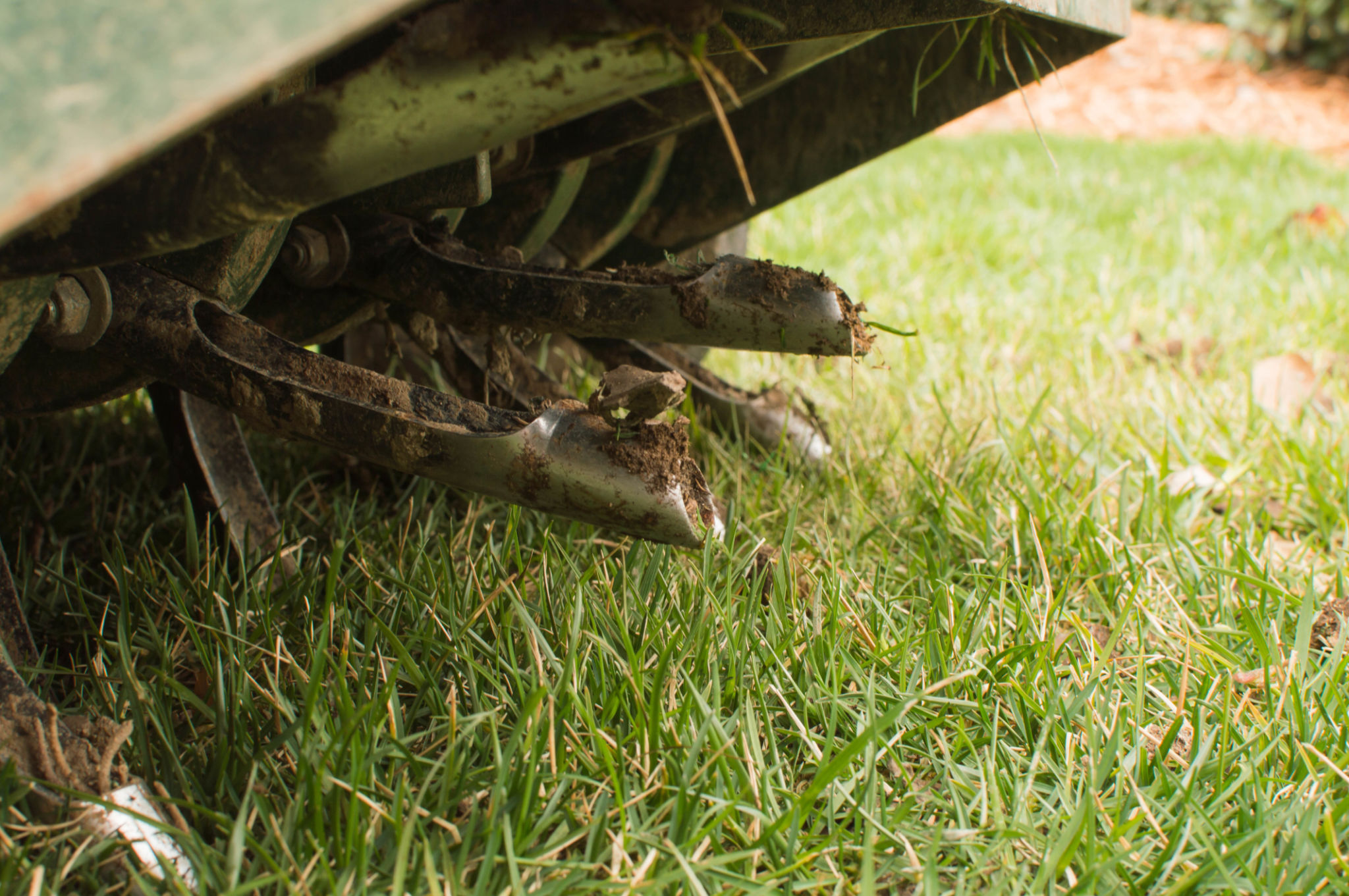Avoiding Common Lawn Care Mistakes: Expert Tips from Kompre
Understanding Your Soil
One of the most common mistakes in lawn care is neglecting to understand the composition and needs of your soil. Healthy soil is the foundation of a lush, green lawn. Conducting a soil test can help you determine the pH levels and nutrient content of your soil. This information is crucial for selecting the right type of grass and fertilizers.
Soil testing can be done using a DIY kit or by sending a sample to a local extension service. Once you have the results, you can amend your soil accordingly. For example, if your soil is too acidic, adding lime can help balance the pH levels.

Proper Mowing Techniques
Mowing your lawn may seem straightforward, but improper techniques can cause significant damage. One of the most common mistakes is cutting the grass too short. This can weaken the grass, making it more susceptible to weeds and diseases. Aim to cut no more than one-third of the grass blade's height at a time.
Additionally, ensure that your mower blades are sharp. Dull blades can tear the grass, leading to ragged edges that are more prone to disease. Regularly check and sharpen your mower blades to keep your lawn looking its best.
Watering Wisely
Watering your lawn properly is essential for maintaining its health, but many homeowners either overwater or underwater their grass. Overwatering can lead to shallow root systems and fungal diseases, while underwatering can cause the grass to become dry and brittle.
To avoid these issues, water your lawn deeply but infrequently. This encourages the roots to grow deeper into the soil, making the grass more drought-resistant. Early morning is the best time to water, as it allows the grass to dry out during the day, reducing the risk of fungal growth.

Fertilizing at the Right Time
Fertilizing your lawn is crucial for providing the nutrients it needs to thrive, but timing is everything. Applying fertilizer at the wrong time can lead to wasted resources and potential damage to your lawn. Generally, the best times to fertilize are in the spring and fall when the grass is actively growing.
Choose a fertilizer that matches your soil's needs, as indicated by your soil test. Follow the manufacturer's instructions for application rates and methods to avoid over-fertilization, which can burn the grass and harm the environment.
Aeration and Overseeding
Compacted soil can hinder root growth and water absorption, leading to a struggling lawn. Aeration involves perforating the soil with small holes to allow air, water, and nutrients to penetrate the grassroots. This process can significantly improve the health of your lawn.
Overseeding, or spreading grass seed over an existing lawn, can help fill in bare spots and improve the overall density of your grass. The best time to overseed is in the fall when temperatures are cooler, and there is less competition from weeds.

Weed Control
Weeds can quickly take over a lawn if not managed properly. One common mistake is waiting too long to address weed problems. Regularly inspect your lawn for weeds and remove them promptly. This can be done manually or with the use of herbicides.
Pre-emergent herbicides can be applied in the spring to prevent weed seeds from germinating. Post-emergent herbicides are used to kill existing weeds. Always follow the product instructions and consider using organic options to minimize environmental impact.
Conclusion
Maintaining a beautiful lawn requires attention to detail and avoiding common mistakes. By understanding your soil, mowing correctly, watering wisely, fertilizing at the right time, aerating and overseeding, and controlling weeds, you can achieve a lush, healthy lawn. Implement these expert tips from Kompre to enjoy a vibrant outdoor space year-round.
